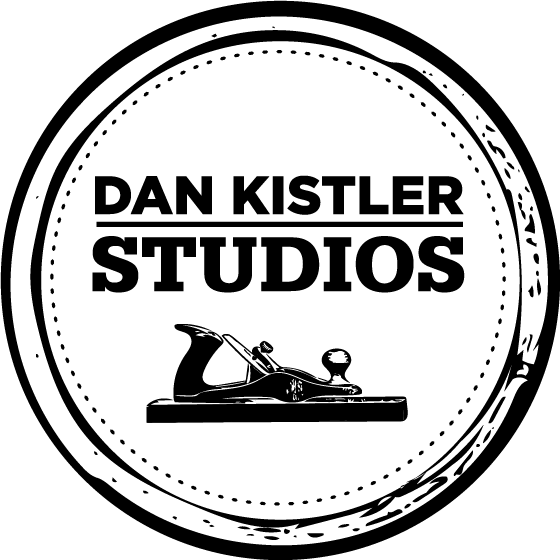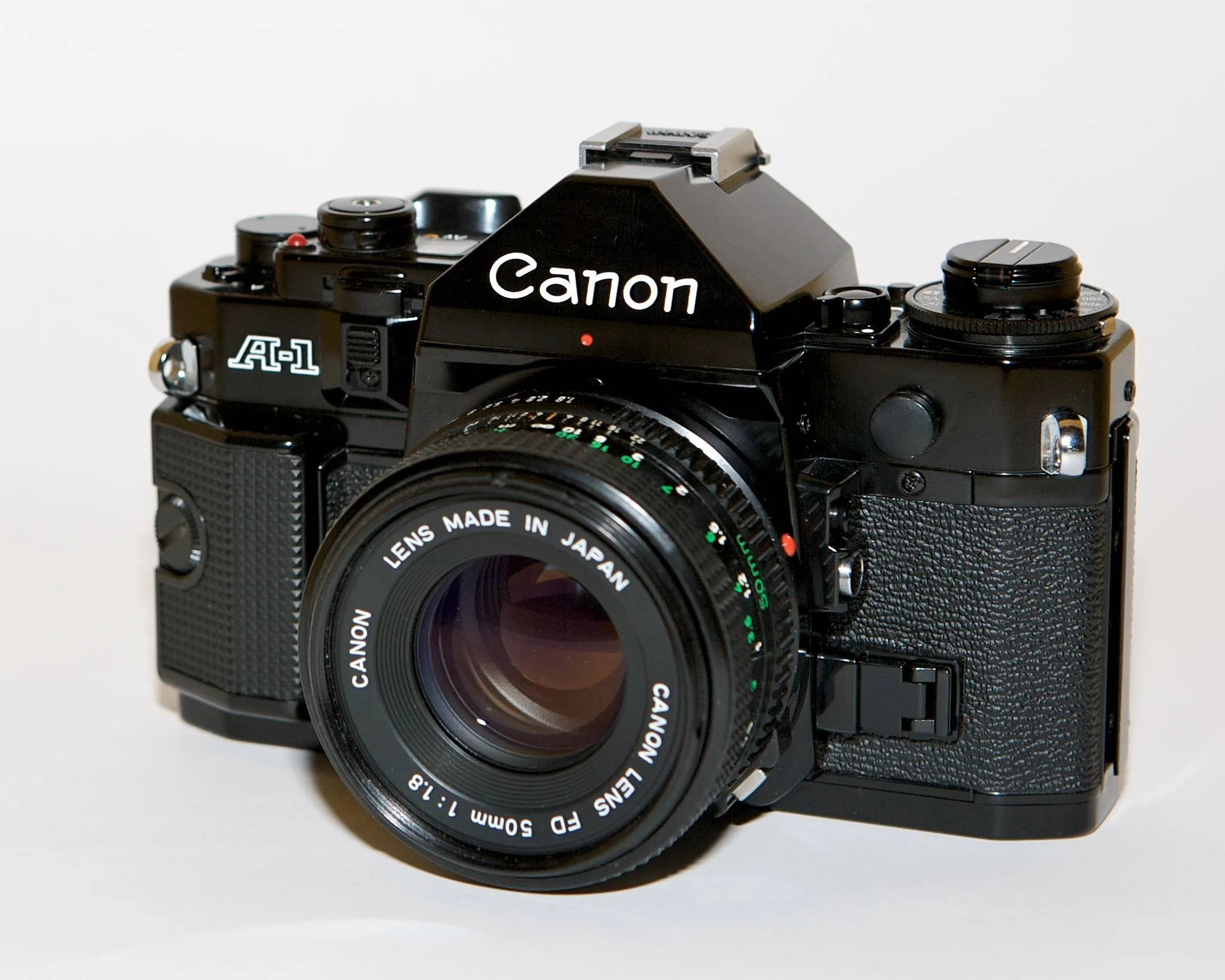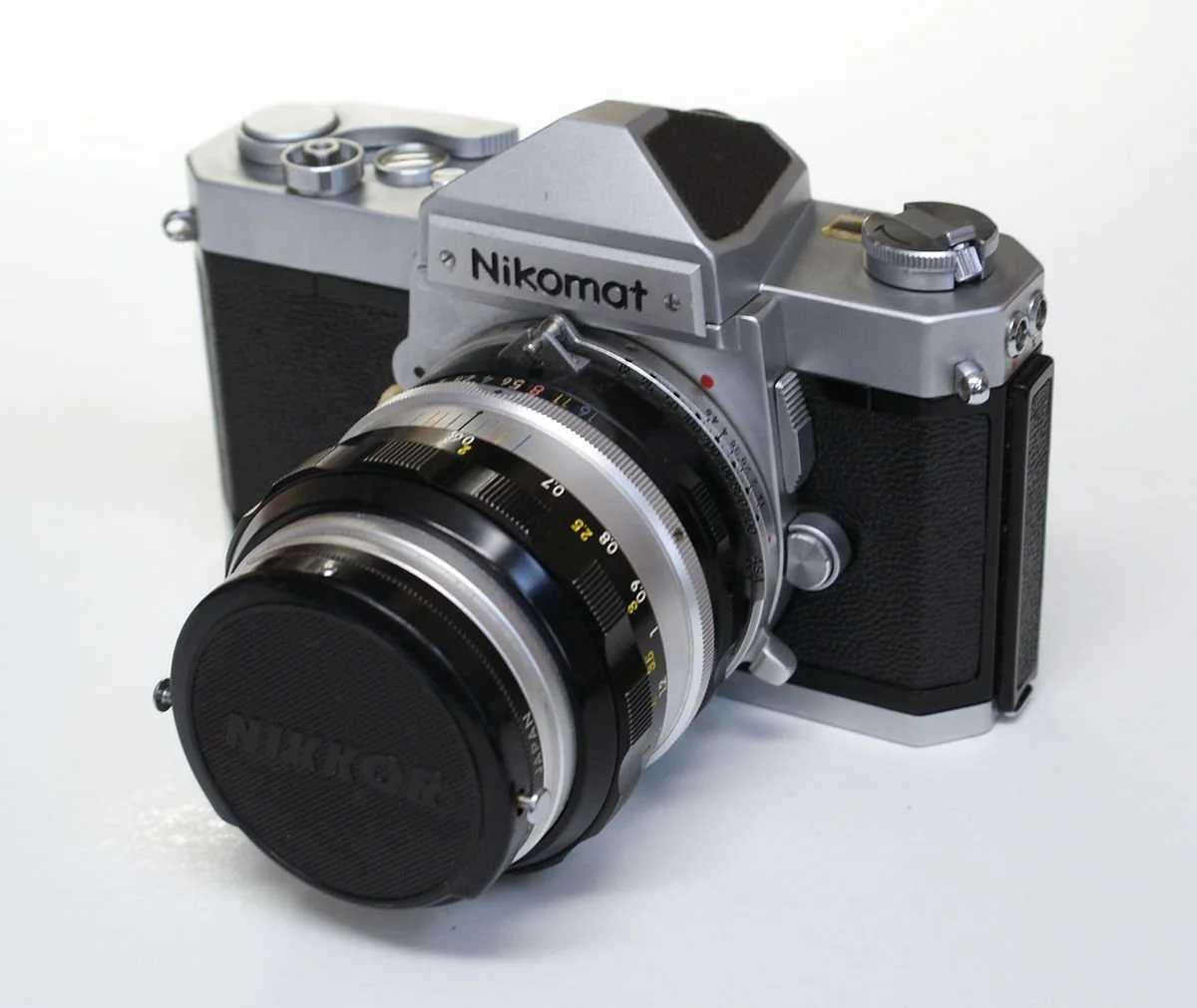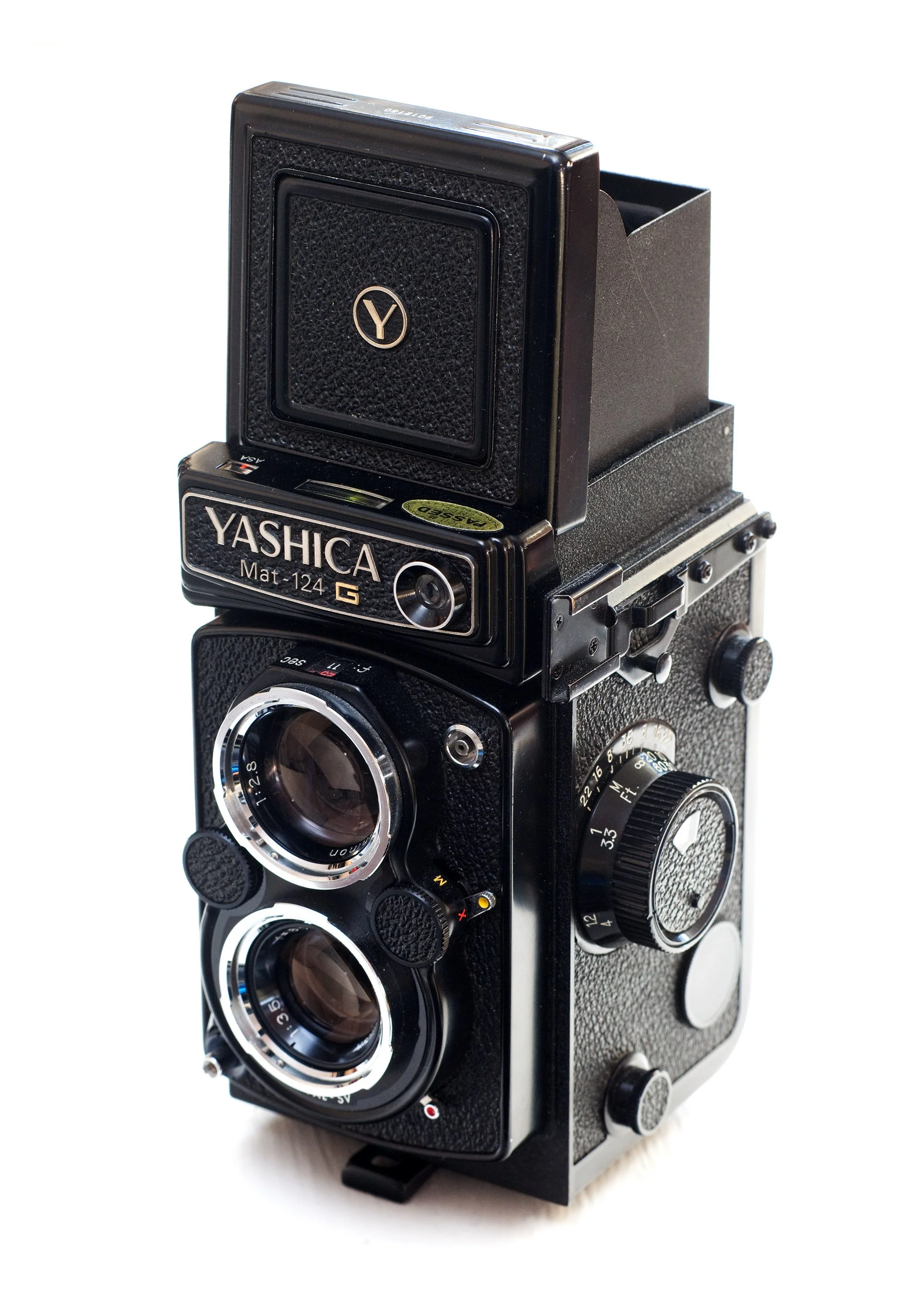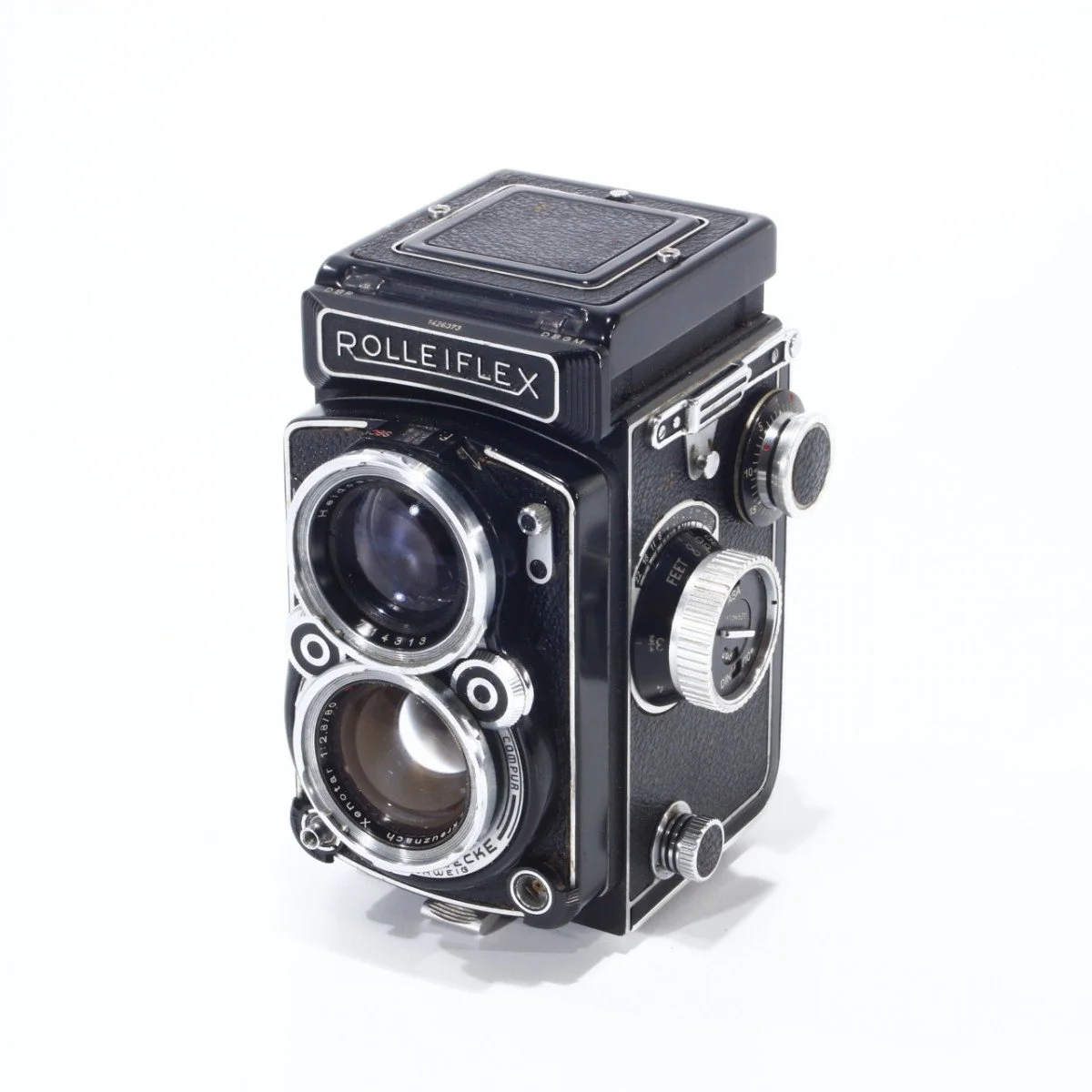Searching for the perfect film camera
Over the past four years I have gone on a search to find the perfect film camera. What I have discovered is that this search has lead me down the rabbit hole of the film world and I am still going. I started out with film and after ruining two old Canon A-1’s in two separate hiking escapades I sold the cameras for parts and moved to digital. And the experience with digital was good but lacked something. And that something is what I have been finding in film. The tangible process of making images—getting your hands smelly in the darkroom, not knowing if you “got the shot”, and the joy of seeing a roll of film come out of the rinse with excellent negatives. The list below is a list of the cameras I currently shoot with starting with 35mm and ending with medium format—my pros and cons of each, the in’s and out’s of working with the camera.
Pentax K-1000
Has to be the camera that many start with when getting into film. Simple. Easy to use. Easy to get repaired. There are tons of them on the market. Lenses are easy to find. The camera works. It does its job. Nothing flashy or gimicky, nothing electronic to really go wrong and if the light meter does go out just get an app for your phone and do it all manual. A great camera to start with. I do find you need to make sure you get the roll in just right as it can catch and tear the film (especially when you have students using the camera and their solution to winding the film is just to push harder on the wind lever!).
Nikon F3
This is my go to 35mm. I am not sure there is anything that could be better about this camera. Built like a tank but not as heavy as a tank. Lenses are easy to get. The camera is easy to use with great options. In fact it works flawlessly.
Nikon F2
Nikon got this one right in all ways. My second go to for 35mm film. Love this beast. Heavier than the F3 but still fits in your hand well. All the functions of the camera are easy to use. You can find lenses easily and as with the F3 this camera is easy to get fixed if there is a problem. Been shooting with one of these for a year now and love how this camera works. A rock solid film camera.
Canon A1
Picked up this camera for all of $20. Had a CLA done for $125 and now have a camera that looks and works like a brand new camera. I would put this up with the Nikon F3 as one of the best as this is a solid piece of equipment—simple to use, well built, and I believe will last me a long, long time. It must have sat on a shelf for years before I got it and was all gummed up so a CLA was in order. Easy to find lenses for. Lots of these on the market today. And plenty of places to get service if you need it. I would avoid the AE-1 Program and go with this camera in that the electronics can go bad and if they do there is really no way to get the camera fully serviced.
Nikomat
I started with the Pentax K1000 as my first “get to film” camera and then moved on to this camera. A simple and straightforward camera design that works well. I have found I have trouble with batteries from time to time. I use mine mostly fully manual with an app on my phone for metering light as the light meters often in this model are not always perfect. But if you are looking for a simple film camera that does not cost a lot this is one to look for. Easy to find. And for the most part easy to get repaired.
Yashica Mat 124g
My first venture into the world of TLR’s and I love it. What a beautiful camera. When I shot the first roll I was a bit disappointed. I half expected something that is designed like this to have a distinctive and solid shutter sound and this does not. Almost so not there you miss it. But as soon as you develop the negatives and see the images you know why this camera has stayed around for so long. It just works. Simple set, easy to use controls—the camera does everything just right. Getting a bit harder to find these days. You can always find one that has been beat up a bit but look for one that is as clean as possible. Fungus in the lenses seems to be the one deciding factor on most TLR’s and with this model you cannot just change out the lens. But when you find one that is in good shape hold on to it, use it and you will be satisfied.
Mamiya C3 and C330
After the Yashica I ventured in the land of Mamiya and now have a number of C3’s and a C330. A beast of a camera. If you are looking for a camera that tips the scales this is the one. Beautifully made and easy to use. The best part is you can change out the lenses on all C models. The difference between the C3 and C330 is the C330 will cock the shutter when you wind the film and the C3 does not—you have to manually cock the shutter. The C330 has a shutter button on the front of the body as well as the thumb button on the side and the C3 just has a knob you depress on the side to take the shot. The camera is heavy so two hands are needed. What I like is the you have a focus knob on both sides of the lower body. On some models you also have a bar in the viewfinder that alerts you to the difference between the viewing lens and the taking lens so you can frame your image well. Takes a bit of time to get used to a TLR with everything reversed (good it is not also upside down) and getting your horizon level is good fun to watch when someone is using one of these for the first time.
Rolleiflex 2.8C
Really wanted to get one of the classics and this one fits that bill well. A solidly designed and built camera. The controls take a bit of getting used to. This camera makes you slow down and pay attention to what you are doing which I love about it. This is not fast photography. I spent a few dollars on this camera and feel it is worth it. Between all the TLR’s this one is most likely my second favorite—the easiest to use is the Yashica Mat 124g, the C330 the best quality images—and this camera also excellent images and just plain fun to work with. If you have a budget this one is worth getting.
Mamiya RB67
If you want a resounding sound when the shutter button is pushed then buy this beast—some call it a good boat anchor. The Rotating Back (the RB of RB67) is a great feature allowing you to get vertical or horizontal images. Everything about this camera is large, easy to find and use. You can get into this system for not that much (I have seen many for $400 or so. Key is the lens and finding one with a 105mm is a great place to start. Loading the film back takes a bit of practice to make sure you get the film in correctly. A great camera in the studio. A bit large for out and about but I do hand hold mine often and are very pleased with the results.
Pentax 6x7
Which brings me to the last medium format I have at this time and to the camera that has perhaps the most satisfying shutter sound (which makes no difference in how the camera works). When you push the button on this camera you know you have taken a photo. It announces it to the world. Clunnnkkkkk! The wooden handle is a great addition which makes working with this camera off tripod so much easier. I bought mine without the handle but since getting that I wish I had done that when I first got the camera. Built like a tank, weighs in as much as a tank, takes great images, easy to use, easy to find, and get repaired. Watch out for lenses that have fungus. Mine has discolored to a yellow tint but does not seem to affect the images in any negative way. A most satisfying camera to work with. Work out in the gym the day before you take this one out for a shoot.
